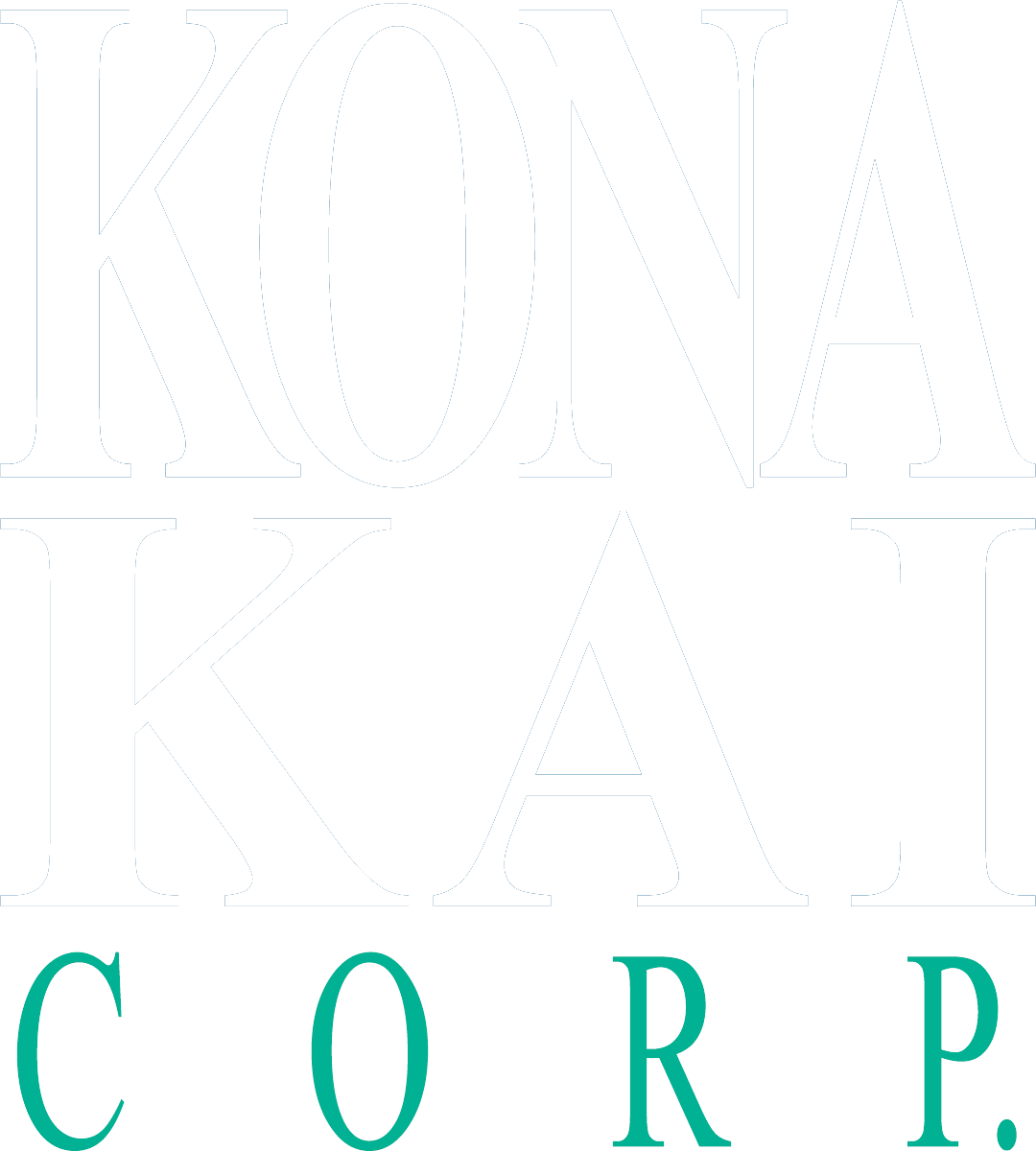Managing Communication Preferences in Healthcare: Best Practices for Patient Engagement
Effective communication is more than just a necessity—it’s a cornerstone of exceptional patient care. Patients and members receiving healthcare services depend on their providers for solutions, support, and care. Establishing a relationship based on trust, consistency, and communication is vital between healthcare organizations and their clientele. Frequent, consistent, and personalized communication from healthcare providers holds increasing significance, and the opportunity for healthcare organizations to leverage technology in facilitating communication in secure, acceptable, and appropriate manners is large.
As technology advances and patient expectations evolve, healthcare providers must adopt strategies that cater to diverse communication needs.
Why Managing Communication Preferences Matters in
Healthcare
Patient communication preferences vary widely—some prefer traditional methods like phone calls or letters, while others favor modern channels such as email, text messages, or patient portals. Catering to these preferences is crucial for:
- Enhancing Patient Satisfaction: Personalized communication builds trust and strengthens the provider-patient relationship.
- Improving Health Outcomes: Timely and tailored messages can encourage patients to follow treatment plans and attend appointments.
- Ensuring Compliance: Adhering to regulations like HIPAA is easier when communication aligns with patient consent.
Providing transparency and enabling a two-way dialogue about communications, privacy, data use, and personalization can make all the difference between good versus great healthcare experiences. From ensuring patients receive crucial medical information to facilitating seamless interactions between healthcare providers and employer groups, managing communication preferences is a multifaceted challenge that requires careful consideration and strategic planning.
Complexities of Healthcare Preference Centers
Healthcare preference centers are central hubs for managing communication preferences and delivering personalized messaging to stakeholders. However, building and maintaining a robust preference center comes with its own set of complexities. Healthcare organizations must invest in sophisticated technology platforms capable of securely managing sensitive data, complying with privacy regulations, and integrating with existing systems and workflows.
Consumers should be able to manage various channel preferences (e.g., email, SMS, mail) in different channels as well (e.g. over the phone, via email, through an online preference center). All these various channels and preferences need to talk to each other, making a centralized preference center crucial to manage updates accurately and effectively.
Additionally, designing a user-friendly interface that allows stakeholders to easily update their communication preferences requires careful attention to usability and accessibility. Providing clear instructions, intuitive navigation, and options for customization ensures that stakeholders can effectively manage their preferences and receive relevant communications.
Stakeholders to Consider When Designing a Preference Center
When starting a preference center project, keep in mind the purpose of these preferences should be mutually beneficial between the customer/prospect and your organization. Here are common stakeholders to consider when designing:
External Stakeholders
- Patients and members: Healthcare patients and members share unique communication preferences and may require tailored messaging based on their health status, demographics, and preferences. Providing consumers with the ability to customize their communication preferences empowers them to receive relevant information in their preferred format and frequency.
- Employer groups: Employer groups play a significant role in healthcare communication, especially for employer-sponsored health plans. HR departments are responsible for disseminating important healthcare information to employees, such as benefits enrollment, wellness programs, and plan updates. Effective communication with employer groups and HR departments is essential for ensuring that employees have access to the information and resources they need to make informed healthcare decisions.
- Providers: Clear and effective communication channels from hospitals and insurance companies to doctors are indispensable in navigating the intricacies of the healthcare system and ensuring optimal care for patients. Payers play a pivotal role in messaging providers and their staff to advocate for initiatives such as value-based care, convey updates on network changes, and facilitate contracts for new lines of business. It's essential for hospital networks to efficiently and transparently reach providers working within their system, delivering pertinent information to support the diverse needs of their patient population. Strong communication fosters collaboration, enhances decision-making, and ultimately elevates the quality of care delivered to patients.
Internal Stakeholders
- Marketing: To market to customers, marketing teams need consent for channels, like email, SMS, phone, mail, as well as for products or specific topics. When a preference center is optimized, your marketing team can gain effectiveness, improved legal compliance, more leads and better customer experience scores, while minimizing poorly targeted communications.
- Sales: Sales teams often focus on consent for phone and email for product outreach. Accessing this data, without a centralized preference center, is difficult and frequently incomplete. Like marketing, your sales teams can gain call effectiveness and increased conversion rates with a well-designed preference center.
- Customer service: Customer service must also have consent for email, mail, phone, SMS, and certain web/portal activity. This applies not only to customer service-related activities, but to also marketing and sales preferences, as the customer service team is likely the first in line to address updates and requests regarding communications. The processes to collect and access this information can be complicated and challenging to train. By using a centralized preference center powered by your CRM, organizations can streamline and reduce the costs to communicate with customers.
Tailored Communications Can Drive Improved Health Outcomes
By implementing a centralized preference center and prioritizing effective communication strategies, healthcare organizations can enhance patient engagement, improve health outcomes, and drive positive behavior change. Tailoring communications to individual preferences and needs allows healthcare organizations to deliver targeted messaging that resonates with stakeholders, leading to increased satisfaction and engagement.
Effective communication plays a crucial role in delivering high-quality healthcare and improving patient outcomes. Clear and timely communication between healthcare providers and patients fosters trust, enhances patient satisfaction, and promotes adherence to treatment plans. It also helps to prevent medical errors, reduce hospital readmissions, and streamline care coordination.
For employer-sponsored healthcare plans, communication between healthcare organizations, employer groups, members, and HR departments is essential for efficiently managing benefits, addressing employee concerns, and promoting wellness initiatives.
Complex, Yet Essential
Managing communication preferences in healthcare is a complex yet essential project on any healthcare organization’s CRM roadmap. By carefully considering the diverse needs of stakeholders, leveraging advanced technology solutions, and prioritizing effective communication strategies, healthcare organizations can foster meaningful connections, improve patient outcomes, and drive positive change in the healthcare landscape.
INSIGHTS












